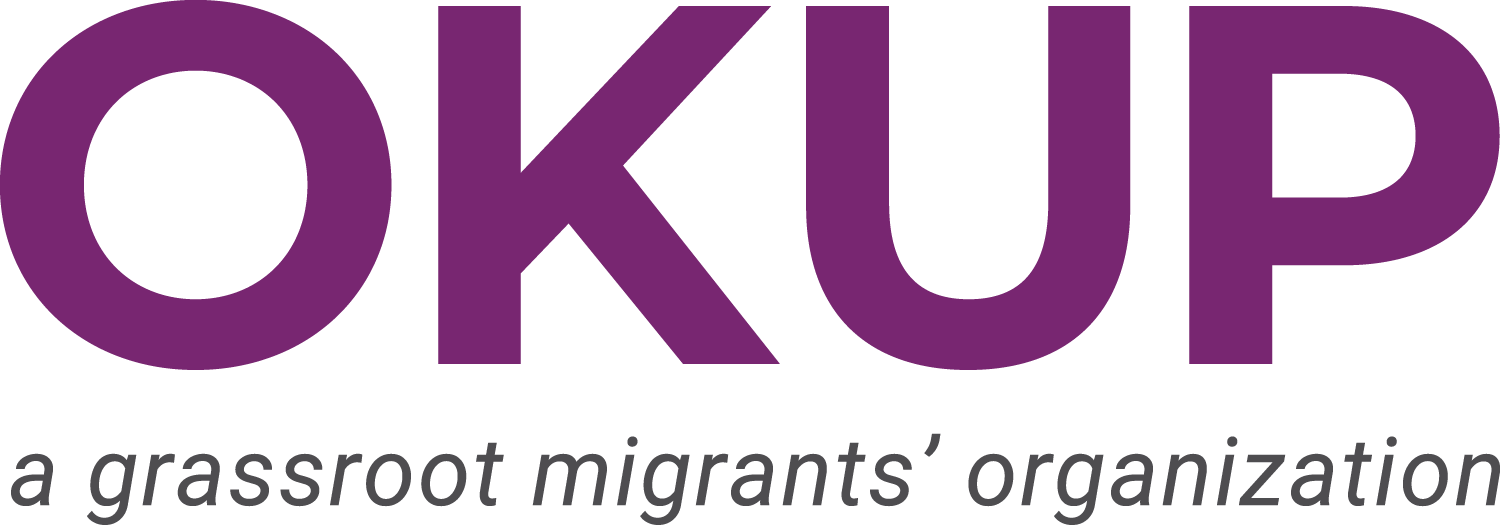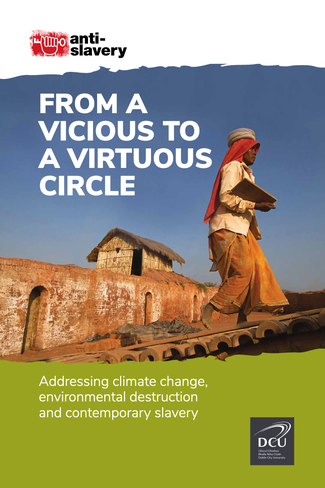From a Vicious to a Virtuous Circle. Addressing Climate Change, Environmental Destruction and Contemporary Slavery
2020
- Author
- Anti-Slavery International and Dublin City University
- World region
- Latin America and Caribbean
- Origin of migration
- Cusco Region in Peru
- Area of transit
- No data available
- Destination of migration
- Madre de Dios in Peru
- Who is affected
- Indigenous communities
- Type of climatic event
-
Slow-onset event
Peru is severely affected by climate change. High temperatures and melting glaciers increase the risk of water scarcity. Alluvial gold mining and other business activities cause severe environmental degradation, including pollution and deforestation.
- Type of migration/mobility
-
Internal
People from the Cusco region migrate to Madre de Dios in search of work.
- Destination industry or sector
-
Commercial sexual exploitation, Mining
*human trafficking for forced commercial sexual exploitation
- Type of modern slavery
-
Forced commercial sexual exploitation, Forced labour, Human trafficking
*Human trafficking (women and girls) for forced and sexual exploitation
People are compelled to leave their homes by a combination of climate change-induced impacts and environmental degradation, which make it more difficult for them to survive. Often individuals have no choice but to find work in extractive and exploitative industries, such as mining. This creates a vicious cycle that harms both the environment and people.
- Link between climate change, migration and modern slavery
- Indirect
- Key vulnerability factors
-
Cultural acceptance of severely exploitative labour practices and the systemic failure to combat modern slavery in Peru keep the population vulnerable to it. The absence of social safety nets and state support, coupled with financial precariousness and debt, increase people's vulnerability to human trafficking and forced labour. Individual characteristics (e.g. gender and age) and structural factors (e.g. economic marginalisation and inequitable land distribution) affect people's exposure to the effects of climate change and environmental degradation.
- Summary
-
This report shows how climate change is increasing the precariousness of rural communities in Peru and exacerbating the threat already posed by severe environmental degradation caused by certain business activities. People are driven to undertake unsafe migration to find alternative sources of income. They often end up in situations of modern slavery, in a region where human trafficking and forced labour are already endemic. It is vital to address the effects of climate change, environmental degradation, migration and human rights abuses as joint issues, to reduce people's exposure to forms of modern slavery.
- Recommendations
-
Governments and multilateral bodies are advised to nurture a virtuous cycle of community empowerment, regulation of public and private businesses, environmental protection and differentiated climate action, with an emphasis on the interconnectedness and interdependence of the recommendations. Working with women, survivors and indigenous peoples is of vital importance, in particular because indigenous knowledge is key to preserving and restoring biodiversity and improving outcomes.



